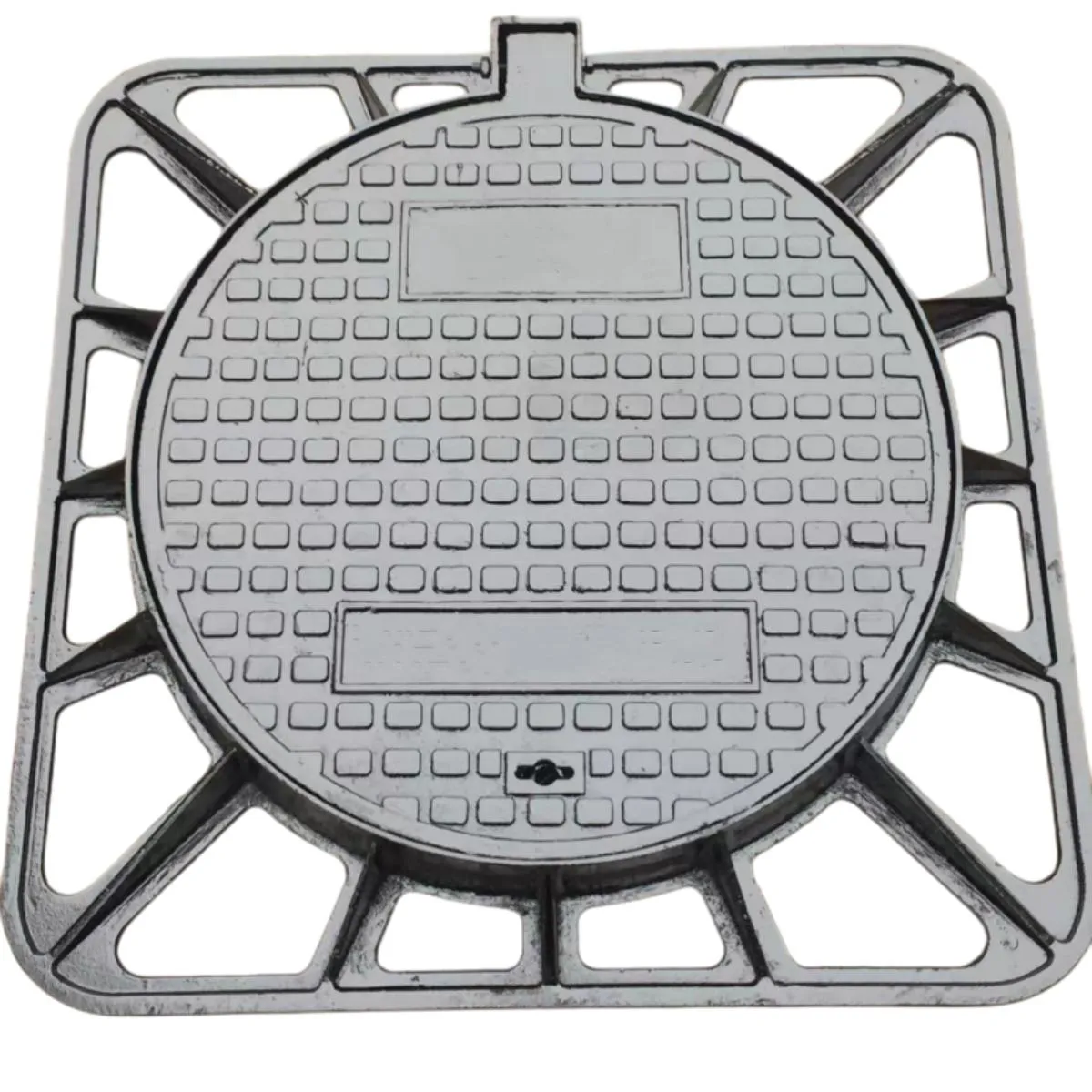Steel Grids for Efficient Drainage Solutions and Water Management Systems
Steel Grid for Drainage An Essential Infrastructure Component
In the realm of civil engineering and urban planning, effective drainage systems are pivotal for managing water runoff and preventing flooding. A crucial component that plays a significant role in these systems is the steel grid. Steel grids are typically used as grates or covers in drainage systems, providing a functional and durable solution for water management while ensuring safety and accessibility in urban spaces.
The Importance of Drainage Systems
Urban areas are often prone to water accumulation due to impervious surfaces such as roads, sidewalks, and buildings which prevent natural infiltration into the ground. Efficient drainage is essential not only for preventing flooding but also for protecting infrastructure and maintaining public health. Poor drainage can lead to water pooling, which causes structural damage, deterioration of roads, and the proliferation of mosquitoes that can breed in stagnant water. Hence, the choice of materials and designs in drainage systems is crucial.
Benefits of Steel Grids
1. Durability and Strength Steel grids are known for their exceptional strength and longevity. They can withstand heavy loads from vehicles and pedestrian traffic, making them ideal for both street and industrial applications. Unlike plastic or composite alternatives, steel grids resist impact and environmental wear, ensuring a long service life.
2. Corrosion Resistance Modern steel grids often undergo processes such as galvanization to enhance their resistance to rust and corrosion. This is particularly important in drainage applications where constant exposure to moisture can lead to material degradation. By using galvanized steel grids, municipalities can lower maintenance costs and extend the lifespan of their drainage systems.
steel grid for drainage

3. Maintenance and Cleaning Steel grids typically feature an open design that allows for easy cleaning and maintenance. This is vital in ensuring that the drainage system remains functional. Debris and waste can accumulate over time, and a simple inspection can ensure that these materials are easily removed without significant labor or inconvenience.
4. Aesthetic Appeal While functionality is paramount, urban environments also demand aesthetic considerations. Steel grids can be designed in various styles and finishes to complement the surrounding architecture. By integrating these grids into the landscape effectively, cities can enhance their visual appeal while maintaining essential drainage functions.
5. Safety Features Steel grids can incorporate slip-resistant finishes, making them safer for pedestrians and reducing the possibility of accidents during wet conditions. Their robust construction also ensures that they are secure and less likely to become dislodged, contributing to overall public safety.
Applications in Urban Planning
The applications of steel grids extend beyond mere drainage systems. They are increasingly used in public spaces, parks, and commercial areas, providing drainage solutions that manage water runoff effectively without compromising aesthetics. In addition, they are employed in industrial settings, where heavy machinery operates, addressing the challenges posed by spills and runoff effectively.
Conclusion
In conclusion, steel grids are an indispensable component of modern drainage systems. Their combination of durability, corrosion resistance, and aesthetic versatility makes them an ideal choice for urban planners and engineers. As cities continue to grow and face the challenges posed by climate change and increased rainfall, the role of effective drainage solutions, including steel grids, becomes even more significant. Investing in high-quality drainage infrastructure not only protects buildings and roads but ultimately enhances the quality of life for residents by ensuring a safe and efficient urban environment.
-
The Smarter Choice for Pedestrian AreasNewsJun.30,2025
-
The Gold Standard in Round Drain CoversNewsJun.30,2025
-
The Gold Standard in Manhole Cover SystemsNewsJun.30,2025
-
Superior Drainage Solutions with Premium Gully GratesNewsJun.30,2025
-
Superior Drainage Solutions for Global InfrastructureNewsJun.30,2025
-
Square Manhole Solutions for Modern InfrastructureNewsJun.30,2025
-
Premium Manhole Covers for Modern InfrastructureNewsJun.30,2025
